See how National Geographic History magazine inflames and quenches the curiosity of history buffs and informs and entertains anyone who appreciates that the truth indeed is stranger than fiction with a digital subscription today. And that history is not just about our forebears. It’s about us. It’s about you.
FROM THE EDITOR
National Geographic History
1,300-Year-Old Necklace Is Historical Gold Mine • A chance find at an English building site sheds new light on the role played by elite women as Christianity began spreading in Britain.
HIGH-STATUS JEWELRY
Chien-Shiung Wu, First Lady of Physics • A dogged scientist, Chien-Shiung Wu transformed the modern understanding of physics through her work on the Manhattan Project and her pioneering experiments.
Angel Island Immigration Station • Thousands of Asian immigrants passed through this port in the early 20th century, fleeing turmoil and running headlong into prejudice.
MYSTERY MUMMIES IN THE PHARAOH’S TOMB • In 1898, French archaeologist Victor Loret discovered a tomb in the Valley of the Kings that contained not only the rare, intact mummy of a pharaoh—but a dozen other royal mummies, too.
THE TOMB OF AMENHOTEP II • Some 300 feet in length, tomb KV35 has the typical L-shape of royal tombs built during the 18th dynasty. It is one of the deepest structures in the Valley of the Kings. The objects shown here, all produced in the 15th century B.C., were among Amenhotep II’s grave goods.
THREE MYSTERY MUMMIES • Three of the mummies that Loret discovered in tomb KV35 had been greatly damaged in antiquity, stripped of most of their bandages and removed from their coffins. The thieves broke the bodies open to extract funerary amulets, which were often made of gold and precious stones. Scholars had competing theories about their identities but little hard evidence until recently, when DNA analysis offered more clues.
NATURE’S ARMORY BIOLOGICAL WARFARE IN THE ANCIENT WORLD • Harnessing the forces of nature for war is not new technology. Thousands of years ago, the ancient Greeks battled with weapons laced with animal venom, poisonous plants, and deadly pathogens.
POISONING THE WATERS • Hellebore blossoms are beautiful to look at, but the plant played a key part in one of humanity’s first documented uses of biological warfare. This harmless-looking plant helped topple a city in sixth-century B.C. Greece.
LETTERS FROM THE ROMAN FRONTIER LIFE AT VINDOLANDA • Discovered near Hadrian’s Wall in 1973, a trove of ancient letters revealed valuable insights into everyday life on the Roman empire’s northwestern frontier.
TOKUGAWA SUPREME SHOGUN • Rising through the military ranks, Tokugawa Ieyasu’s ruthlessness and resolve finally helped end a protracted civil war. As founder of a new shogunate, he ushered in a ruling dynasty that endured until the 19th century.
FRANZ JOSEF OF AUSTRIA PRIVATE LIFE OF AN EMPEROR • Franz Josef I’s disciplined approach to power served him well as ruler of Austria and Hungary, but the emperor’s attempts to control the people he loved were less successful and resulted in a tumultuous private life.
Gilf Kebir: Images From the Sahara’s Greener Past • Adventurer Laszlo Almásy sought a mythical city in the Sahara. He stumbled instead on a rich trove of Stone Age art.
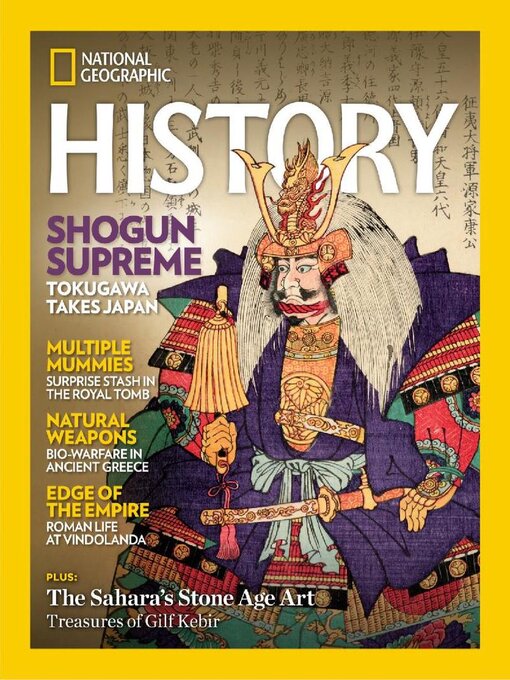
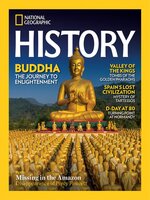 May/June 2024
May/June 2024
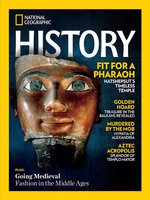 March/April 2024
March/April 2024
 January/February 2024
January/February 2024
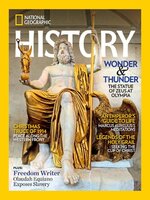 November/December 2023
November/December 2023
 September/October 2023
September/October 2023
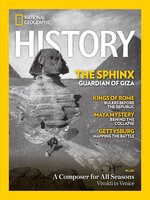 July/August 2023
July/August 2023
 May/June 2023
May/June 2023
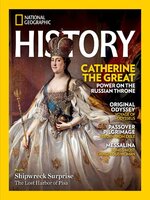 March/April 2023
March/April 2023
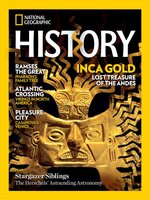 January/February 2023
January/February 2023
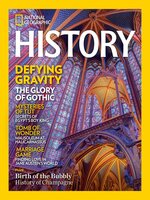 November/December 2022
November/December 2022
 September/October 2022
September/October 2022
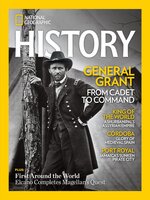 July/August 2022
July/August 2022
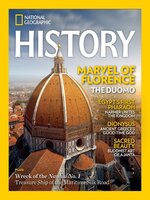 May/June 2022
May/June 2022
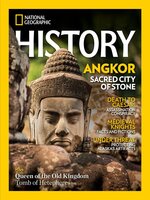 March/April 2022
March/April 2022
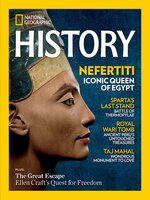 January/February 2022
January/February 2022
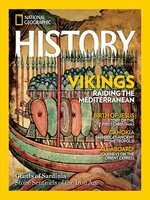 November/December 2021
November/December 2021
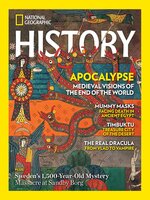 September/October 2021
September/October 2021
 July/August 2021
July/August 2021
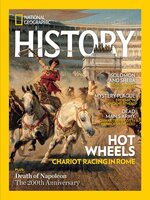 May/June 2021
May/June 2021
